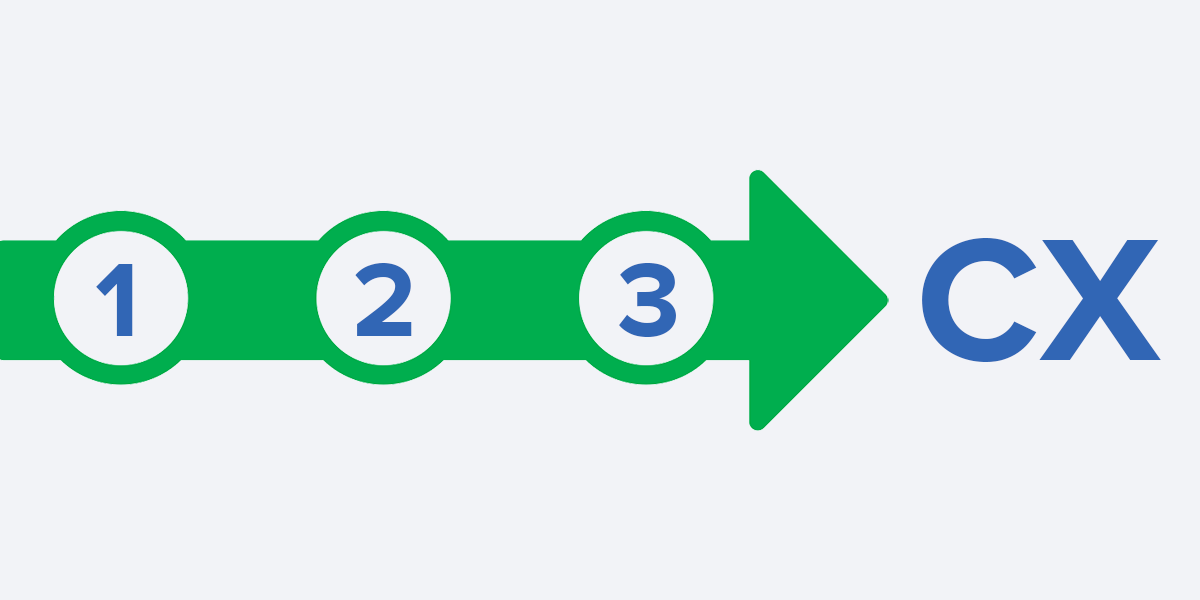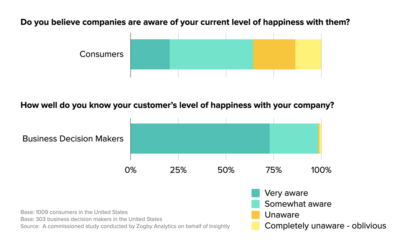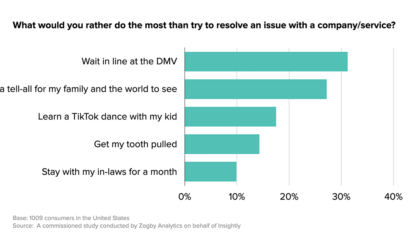I’m often asked why companies invest in customer experience — and when this whole customer craze started in the first place. The short answer to the why question is that CX drives financial success. Since I’ve already written about that in other posts, today I’ll tackle the second question: When did companies start caring about customer experience?
I credit three events with the rise of our modern customer experience discipline.
Event #1:
Net Promoter Score® arrived on the scene.
Fred Reichheld published The Ultimate Question: Driving Good Profits and True Growth on March 2, 2006, and the book’s cover included the words: “Introducing NPS—How leading firms transform ordinary customers into promoters.” While the folks at Bain & Company had surely implemented and vetted the NPS methodology with clients in the years leading up to the book’s launch, 2006 marks the time at which this framework became broadly accessible to organizations around the globe.
Since then, Net Promoter Score has become nearly ubiquitous in marketing and CX circles — and with good reason. NPS was the first framework that directly tied customer experience to business results. And it was dead simple to understand.
Customers understood how to answer the “How likely are you to recommend…” question. Middle management and frontline staff got it, too. Best of all, executives could see how a customer’s experience dealing with their organization would influence their likelihood to recommend — and how that likelihood to recommend could have a direct financial impact in the form of new customers and increased sales.
As NPS gained steam over the next several years, executives started to invest in CX as a means towards achieving financial success.
Event #2:
Social media went mainstream.
While I can pinpoint the launch of NPS to a specific date, the broad adoption of social media spans a murkier timeline. Here are a few of the key events:
- April 2005: YouTube launched.
- July 2006: Twitter launched for public use.
- September 2006: Facebook opened its doors to the world.
- August 2007: Chris Messina invented the hashtag.
Yes, yes, social networks existed long before YouTube, Twitter, and Facebook. TripAdvisor launched in 2000, though for some time its social functionality took a backseat to traditional travel guidance. And while Friendster (founded in 2002) paved the way for Myspace, and Myspace (founded in 2003) paved the way for our current social media giants, neither deserve credit in my book for sparking the customer experience discipline.
It was YouTube, Twitter, and Facebook that attracted big crowds and introduced organizations to the power and fury of user-generated content. Remember the Comcast technician who fell asleep on a customer’s couch back in 2006? It was a wakeup call for Comcast and every other big brand. No longer would customers email or pick up the phone when they were irate — they’d tell the world.
Event #3:
Steve Jobs introduced us to smartphones.
The world caught its first glimpses of the iPhone at the January 2007 Macworld convention — and happily stood in line to buy them in June of that year. The launch of the iPhone was instrumental to the customer experience discipline in two ways:
- It made photos and videos even easier to create. This, in turn, created more kindling for the social network customer experience conflagration.
- It had strict user experience guidelines. This meant that, unlike the web, it was actually difficult for developers to create an app that looked terrible and was difficult to use. All of the sudden, great experiences were literally in the hands of millions, then billions, of people all over the world. Customers’ expectations increased — and not just for their phone experiences, but for every interaction regardless of channel.
So, when did companies start caring about customer experience?
Well, let’s be honest: Some still don’t. 😕
But the confluence of NPS, social media, and the iPhone has me peg the stirrings of interest in CX as a true discipline somewhere around 2006 or 2007. This is when customer experience leaders realized that customer experience could be their differentiator — or their downfall.




